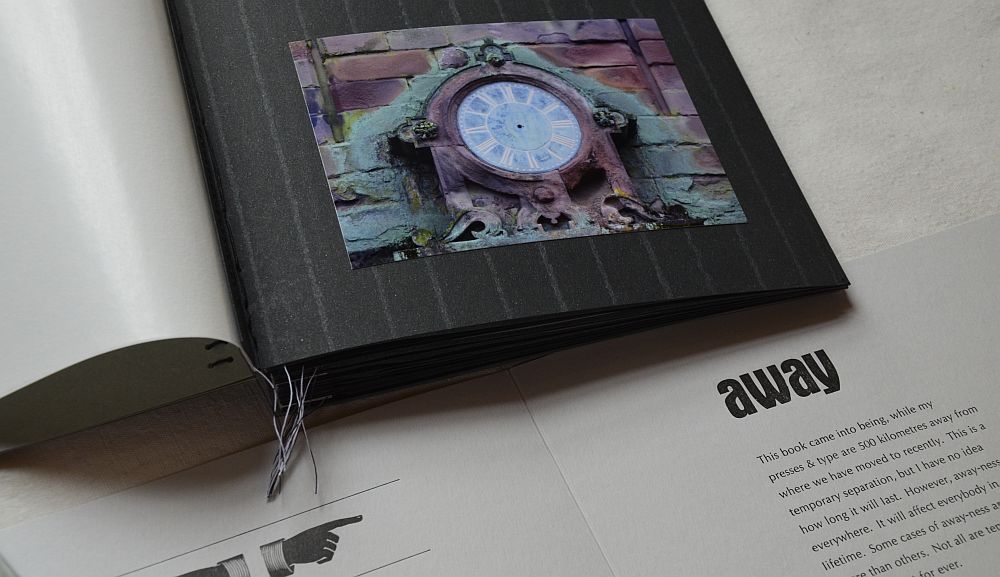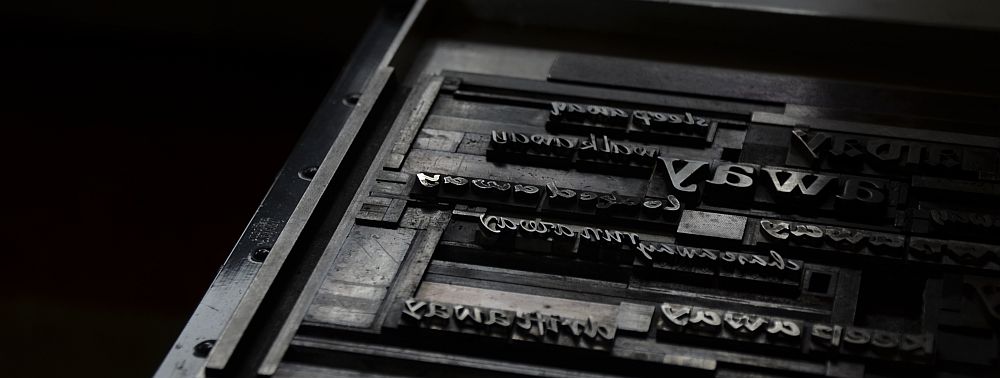The process of relocating my studio is not over yet, but we are getting there. This relocating business has been ongoing since early 2012. There was no denying: my situation was either being away from my work or being away from my husband.
It goes without saying that over those past years this has got me thinking a lot about what away means. I took to dictionaries. There was a wealth of meanings and sayings. I remembered an old lady who used to live in my mother’s neighbourhood. She had a lovely little pet companion, a dachshund by the name of Wastel. And one day he was no more. She never said he had died, she’d always say he had gone away. Awayness comes in various kinds. Some awayness we choose, others we are forced into. Some awayness is temporary, others will be permanent. Some awayness feels like alleviation, others hurt. Some awayness we hardly notice, others will be life changing.
Add to this, there was a constant flood of news about refugees. Migrants and refugees are facing awayness as fiercly as hardly any other group of people. Their homes might be bombed and non-existing in a matter of moments. Their loved ones might be killed. Their perspectives of getting an education or earning a living might vanish with the political regime changing. They might be left with just what they can carry or not more than the clothes they wear – everything else they used to live with is gone away in a moment of shelling.
And there are people who see their homes flooded – this need not be the monsoon, it can be torrential rain in the Lake District. Or shaken to rubble by earthquakes, be it in Japan or Italy. Or burnt to embers by wild fires, be it in Australia or Spain. Or blown to pieces by tornados in the US. Or washed to the sea as in Norfolk. Cattle are taken away by drought in Africa. These are but some of the many shapes and diguises in which we might encounter awayness.
The news tell us of the catastrophy, or the war, the bombing or the accident. The news do not tell that people lost all their family photos, their favorite soft toy, the violin their granddad used to play. It might be small things, but nevertheless they cannot be replaced or rebuilt. Once they are lost they are away for ever and a life is changed.
When I had the idea to turn all this into an artist’s book, I knew this book would be different compared to all books I had made so far. I had to plan this book far away from my studio. I’d then pack my suitcase and travel to my studio for a working visit limited in time. Once there, I’d print all sheets and cut to size all material needed. I’d fold and press the cover sheets. There would be no board shear, no block cutter, and only the smallest of my bookbinding presses available to me after I had left heading home again. All machinery would be some 500 kilometres away. I packed a box with the hand tools I’d need: awl and needles, thread and bonefolder.
Thus this book is special in more than one aspect. It is the last artist’s book I printed in the old place. But it is not made entirely there. I took the printed and folded sheets to finish them off away from the studio. I worked on a makeshift workplace in the tiny flat we were living in at the time. This book is not just about the meaning of the term away. It is made in different stages of being away, part of the book’s substance is awayness. It is built upon, has taken shape within awayness. It breathes awayness.
The book itself is an edition of twelve one-offs. Each of the books comes with a unique compilation of twelve photographs depicting a scene of awayness. The text passages are taken from various dictionaries. All books are hand sewn as coptic bindings. The cover is printed on grey Gmund Bee paper. The pages are fitted with glassine sheets to protect the photographs. The book was presented to the public at the Fine Press Book Fair in Oxford in autumn 2015.
As I write this the sun is shining from a spotles sky. We had one more rather frosty night and everything out there is covered in white frost. The world looks a beautiful and quiet place. Normally around noon the rooks will come in numbers and search our meadow for lunch. I doubt they will do so today – with night temperatures as low as minus 7C the sandy soil gets rocksolid. The cranes have gone away on their annual migration. And we may expect those fascinating birds back some time in spring.














